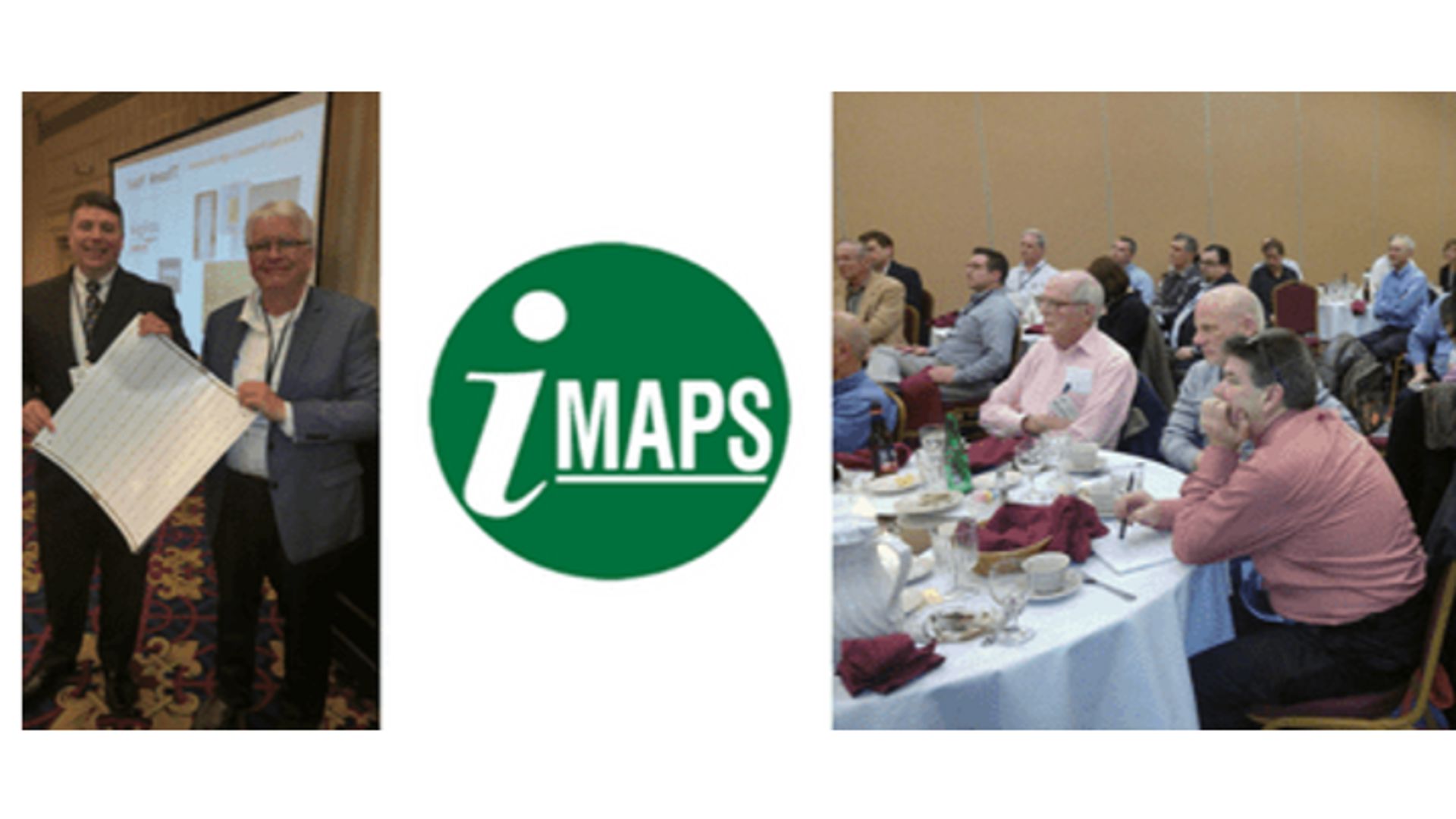Hybrid Electronics Technology for Printed Lighting
Several members of the MRSI Systems’ team attended the February iMAPS New England-SMTA Boston Technical presentation by Dr. Adam Scotch—“Challenges of Integrating Printed Electronics into the Lighting Industry.” MRSI Systems has been a long-time supporter of iMAPS. Jon Medernach, Key Account Manager, is the current President of iMAPS New England and has been active with iMAPS New England holding previous positions of Vice President and Technical Chair.

Dr. Adam Scotch is an R&D Manager for lighting company OSRAM, at the Corporate Innovation labs in Beverly, MA. He leads a team of scientists and engineers that work on new technologies and processes to enhance the performance and function of LED devices for Solid State Lighting.
According to Dr. Scotch “LEDs are transforming the Lighting Industry faster than any other lighting technology since the introduction of the first incandescent bulb. The U.S. Department of Energy (DOE) estimates that LED lighting will grow from 6% of the installed base in the U.S. in 2015 to >85% by 2030. Much of this growth will be driven by increased energy efficiency, but LEDs offer plenty of other benefits.” 50% of the total cost of lighting is from energy consumption, so increased energy efficiency will reduce the total cost of ownership.
Dr. Scotch discussed the difficulties OSRAM encountered developing a product that is cost effective and aesthetically pleasing to replace the very economical fluorescent lamps, that are the current leading light source. Fluorescent tube lamps are primarily used for lighting large areas, such as commercial and industrial buildings and have a long lifetime (up to 20,000 hours). Fluorescent lamps are harmful if broken because they contain small amounts of mercury.
The challenge is to create a cost-effective alternative to fluorescent tube utilizing a printed circuit on a polymer substrate on which the LED’s would be placed. Flexible circuits are very light, thin, and durable, which is ideal for many technology applications. LED’s are forecast to transform the lighting industry due to environmental and technological benefits.
In comparison, LED’s have 5 times the lifetimes of fluorescent tubes. LED’s have the potential to replace the traditional market of fluorescent tubes once they become more cost-effective. The use of printed electronics in lighting ranges from, the fixture itself, to printed resistors, diodes, and sensors. Many challenges exist in printed electronics lighting, such as thermal performance, cost effectiveness, infrastructure, and materials. There is also a shift from traditional lighting to connected lighting systems driven by the wireless market and cost saving opportunities.
Developments like these, in addition to new sensors and network technologies, point to attractive future opportunities within the semiconductor supply chain.
For more information about iMAPS New England: www.imapsne.org